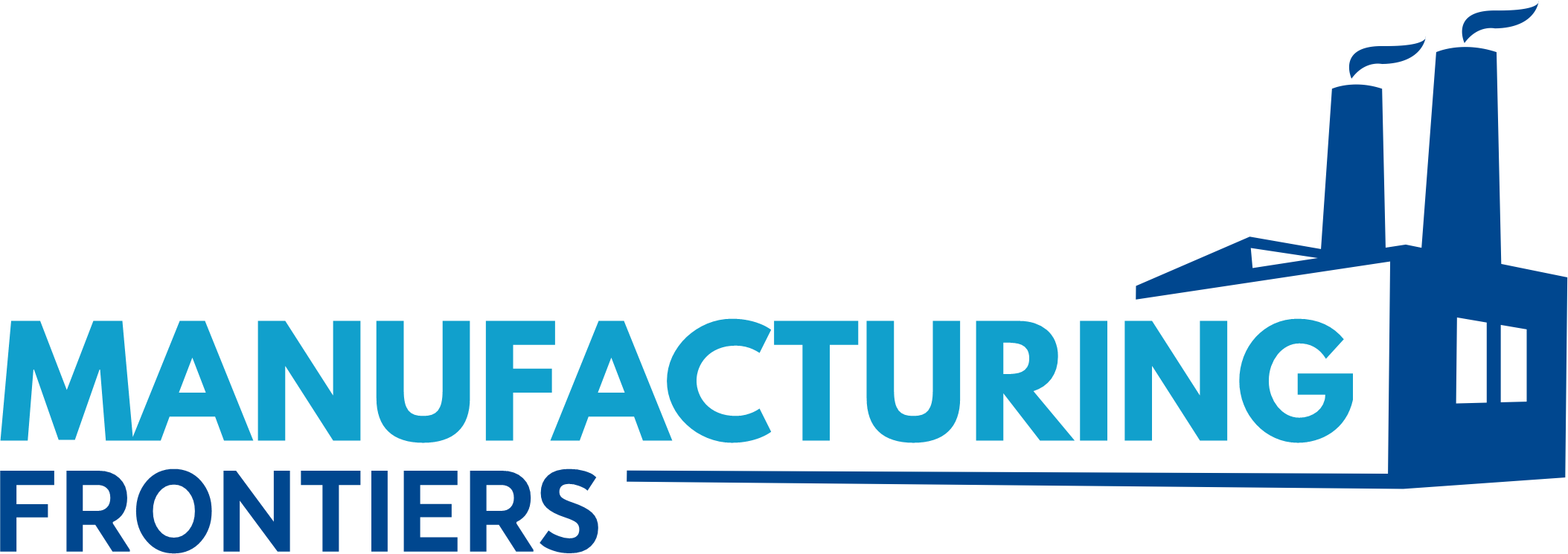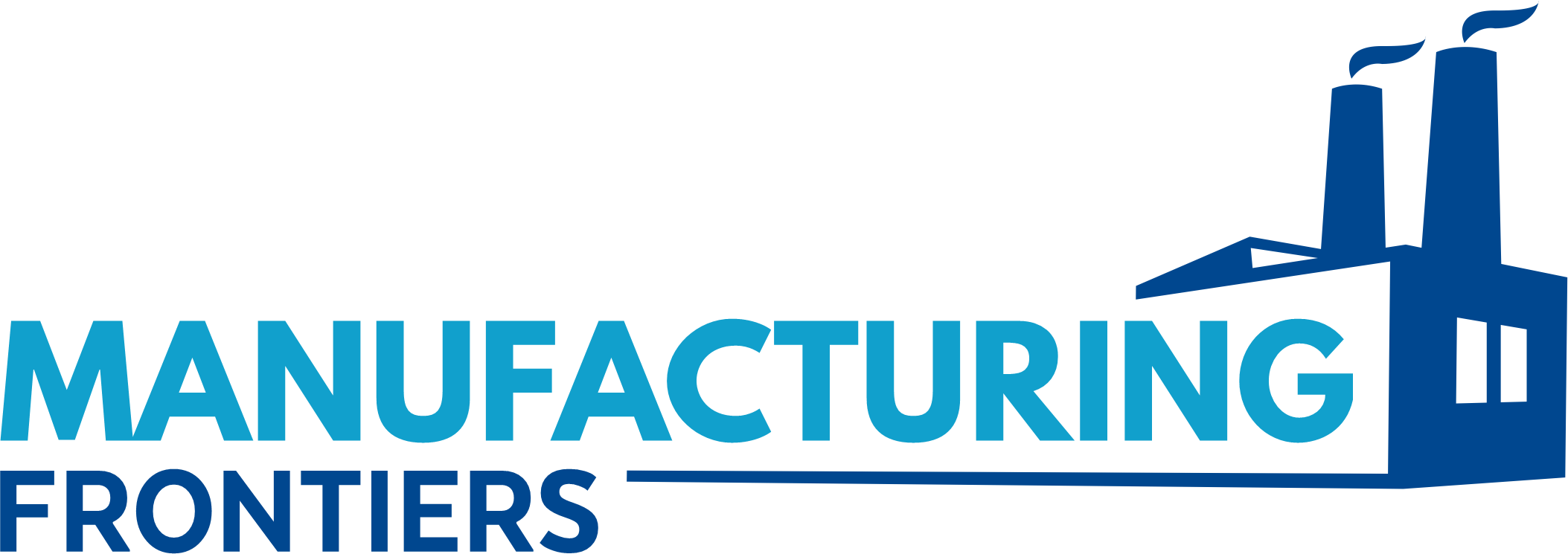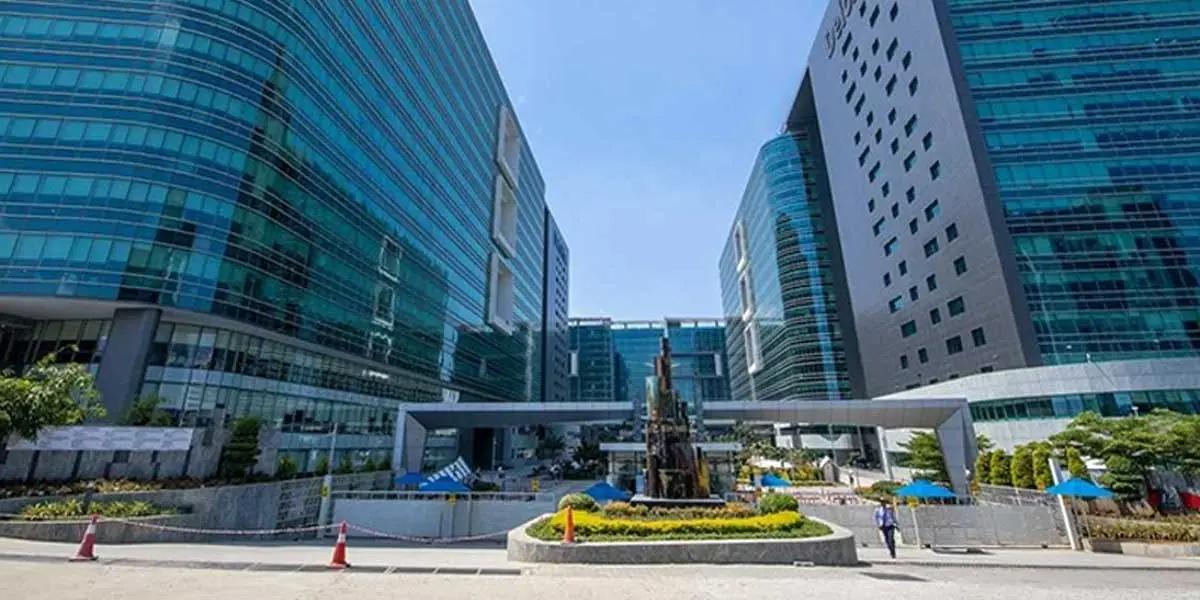Factory, and what does it mean for industries moving forward?
What is a Smart Factory?
A Smart Factory is a highly digitized and connected production facility that uses integrated systems to monitor, collect, analyze, and act upon data generated by machines, processes, and products in real-time. The primary goal is to enhance efficiency, productivity, and quality control, while also enabling flexibility and adaptability in manufacturing processes. In a Smart Factory, automation and real-time data are harnessed to improve decision-making and optimize production in a seamless, autonomous manner.
Some of the key characteristics of Smart Factories include:
- IoT Integration: Sensors and smart devices communicate with each other, allowing for monitoring and control of production lines.
- Data-Driven Decisions: Machines and systems are empowered to make autonomous decisions based on real-time analytics and predictive insights.
- Automation & Robotics: Advanced robotics and automation streamline operations, ensuring efficiency and precision.
- Cyber-Physical Systems: Systems that bridge the digital and physical worlds, enabling machines to interact with both digital systems and human operators in real-time.
Key Elements of a Smart Factory
Smart Factories are built upon several core technologies and elements that drive their transformation. Here are the key components:
- Internet of Things (IoT)
IoT is at the heart of the Smart Factory, enabling devices, machinery, and sensors to communicate and share data. This connectivity allows operators to remotely monitor and control the production process, ensuring real-time adjustments and operational efficiency. - Artificial Intelligence (AI) and Machine Learning (ML)
AI and ML algorithms can analyze vast amounts of data to predict outcomes, detect anomalies, and optimize production schedules. Predictive maintenance, powered by AI, helps reduce unplanned downtime by forecasting equipment failures before they happen. - Automation & Robotics
The integration of automated systems, such as robotic arms, automated guided vehicles (AGVs), and collaborative robots (cobots), is crucial for improving productivity. These robots work alongside human workers, performing repetitive or dangerous tasks with high precision, allowing workers to focus on more complex duties. - Big Data & Advanced Analytics
Smart Factories generate enormous volumes of data, which must be harnessed to drive value. Big data analytics tools provide insights into everything from supply chain management to production performance, enabling more informed decisions and faster responses to market demands. - Cybersecurity
As factories become more interconnected, cybersecurity becomes increasingly important. Robust cybersecurity systems ensure that sensitive data, intellectual property, and machinery are protected from cyber threats.
What is the Future of Smart Factories?
The future of Smart Factories is incredibly promising, with advancements in AI, 5G connectivity, and edge computing expected to take these manufacturing environments to new heights. Here are some trends and predictions for the future:
- Increased Automation
As AI-driven automation continues to evolve, factories will become even more autonomous, reducing the need for human intervention in routine tasks. Cobots (collaborative robots) will increasingly work alongside humans in various sectors, improving safety and efficiency. - Artificial Intelligence and the Digital Twin
The use of digital twins—virtual replicas of physical systems—will grow significantly. By simulating and analyzing the behavior of equipment and production lines in a virtual environment, manufacturers can optimize their processes without any risk to the actual factory. - 5G and Real-Time Connectivity
The rollout of 5G networks will facilitate ultra-fast, real-time communication between devices and machines. This enhanced connectivity will enable manufacturers to make decisions more quickly and enhance automation across all stages of production. - Sustainability and Energy Efficiency
Smart Factories will be at the forefront of the sustainability movement. Technologies like smart grids, energy-efficient automation, and predictive energy management will help manufacturers reduce energy consumption and carbon emissions, contributing to greener production methods. - Edge Computing for Faster Data Processing
With the increasing volume of data generated by IoT devices and sensors, edge computing will play a critical role. By processing data locally at the source (at the edge of the network), manufacturers can achieve faster decision-making and reduce latency, which is critical for real-time operations.
Key Challenges in Adopting Smart Factories
While Smart Factories offer transformative potential, several challenges must be addressed to ensure successful implementation:
- High Initial Investment
Setting up a Smart Factory requires significant investment in new technologies, infrastructure, and training. Smaller manufacturers may find the upfront costs prohibitive, limiting their ability to compete with larger, more resource-rich companies. - Cybersecurity Risks
The interconnectivity of systems in a Smart Factory increases vulnerability to cyberattacks. Ensuring that robust cybersecurity measures are in place to protect sensitive data and systems is crucial. - Skills Shortage
The adoption of advanced technologies requires a skilled workforce capable of managing and operating new tools and systems. Manufacturers must invest in training their employees or face challenges in fully utilizing Smart Factory capabilities. - Data Overload
With so much data being generated, manufacturers need advanced analytics systems to sift through the data and extract actionable insights. Without the right tools, data can become overwhelming and difficult to interpret. - Integration with Legacy Systems
Many manufacturers rely on legacy equipment and systems that may not easily integrate with modern digital technologies. Overcoming the challenge of system integration requires careful planning and potentially upgrading outdated infrastructure.
Conclusion
Smart Factories represent the next stage in the evolution of manufacturing, providing numerous benefits such as increased efficiency, real-time decision-making, and better resource management. However, achieving this vision requires overcoming challenges related to investment, security, and workforce skills.
As technology continues to advance, the role of automation, AI, and IoT in manufacturing will only grow, transforming traditional factories into highly intelligent, interconnected ecosystems. The future of manufacturing lies in the Smart Factory, and companies that embrace these changes will be better positioned to succeed in an increasingly competitive global market.









